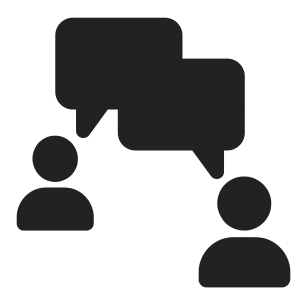The desire and ability to connect with others is a fundamental aspect of human nature, summed up aptly by an undergraduate who completed Intergroup Dialogue Project’s (IDP) semester-long course: “Almost everyone you meet just wants to connect in some way and if you have the tools to do that, you can find connections with almost anyone.” Indeed, there is an abundance of research about human connection and its contributions to well-being (e.g., Cacioppo & Patrick, 2008 and Way et al., 2018 offer book-length explorations on the subject).
Also, ample evidence exists suggesting that, for those of us living in the United States at the beginning of the twenty-first century, we are contending with numerous societal obstacles to the cultivation of human connection. This “crisis of connection” is described in a recent book written by scholars from a range of disciplines who claim that “People are increasingly disconnected from themselves and each other, with a state of alienation, isolation, and fragmentation characterizing much of the modern world” (Way et al., 2018, p. 1).
The practice of intergroup dialogue can disrupt feelings of isolation by encouraging individuals to reflect on their own socialization, the stereotypes they’ve been exposed to, and the deleterious impact of some stories we tell about ourselves and people who belong to different social identity groups. This reflection often yields more genuine connection with oneself and, because it occurs alongside opportunities to practice dialogue, meaningful connections with people who have different social identities, experiences, and perspectives (Kivlighan & Arseneau, 2009; Zosel, 2018).



